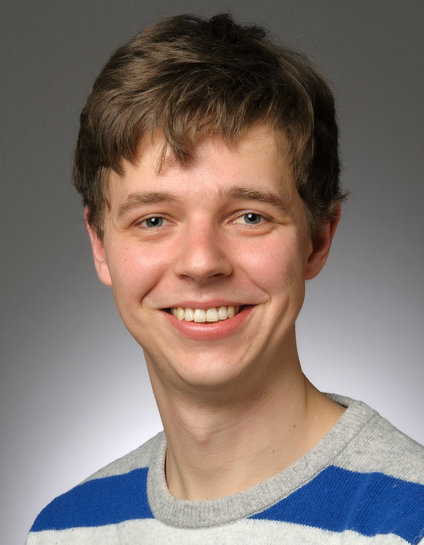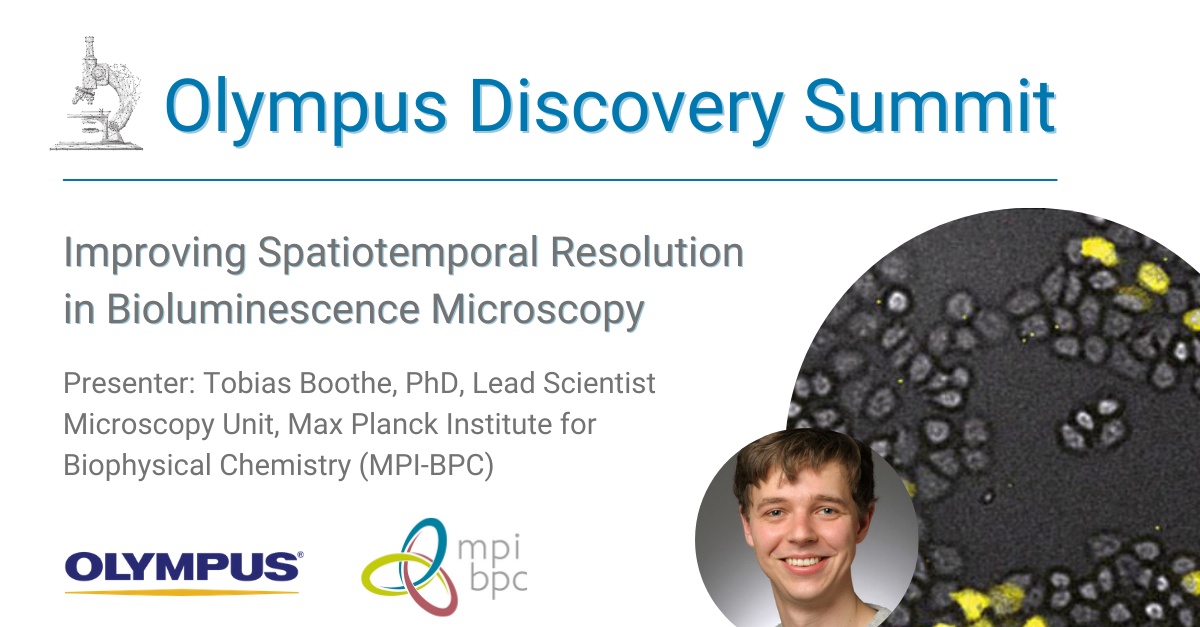Improving Spatiotemporal Resolution in Bioluminescence Microscopy
Luminescence microscopy is a powerful method to detect signals in photosensitive and/or highly autofluorescent tissues as it is an excitation free and virtually background free imaging method. However, one major drawback compared to conventional fluorescence imaging is the relatively weak signal. This forces the experimentalist to make compromises on spatial and/or temporal resolution. By utilizing previously established content-aware image restoration, we demonstrate that these drawbacks can be overcome by significantly reducing exposure times and through the ability to upscale binned recordings.
PhD, Lead Scientist Microscopy Unit, Max Planck Institute for Biophysical Chemistry (MPI-BPC), Department of Tissue Dynamics and Regeneration, Goettingen, Germany

Tobias Boothe received his undergraduate degree in Biotechnology from the University of Applied Sciences in Zittau, Germany. Tobias got his first glimpse of light microscopy during his bachelor-thesis work on the endocytic system in the lab of Marino Zerial at the Max Planck Institute of Molecular Cell Biology and Genetics (MPI-CBG) in Dresden, Germany. Following that experience, he decided to continue to explore single cell microscopy during his PhD at the University of British Columbia in Vancouver Canada. There, in the lab of James D. Johnson, he developed microscopy tools and image analysis pipelines that helped them to better understand the molecular mechanisms underlying autocrine insulin signaling in the context of the development of type 2 diabetes. When it came to postdoctoral work, he wanted to transfer from the single cell to the organismal level. It was also important to him that he remain in the field of microscopy tool development that could one day be applied to a biomedical context. This brought him to Jochen Rink’s lab at the MPI-CBG in Dresden Germany, where he focused on developing tools to image planarian flatworm regeneration in real time.
In his current role as a Lead Scientist of the Microscopy Unit in the department of Tissue Dynamics and Regeneration at the MPI-BPC in Göttingen, Germany, he uses his knowledge of and passion for light microscopy to help people to make the hidden visible and to better understand regeneration and the shaping of tissue. He further explores and develops new methods and strategies to uncover the fascinating secrets of regeneration—one photon at a time.
Improving Spatiotemporal Resolution in Bioluminescence Microscopy
|
对不起,此内容在您的国家不适用。
